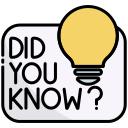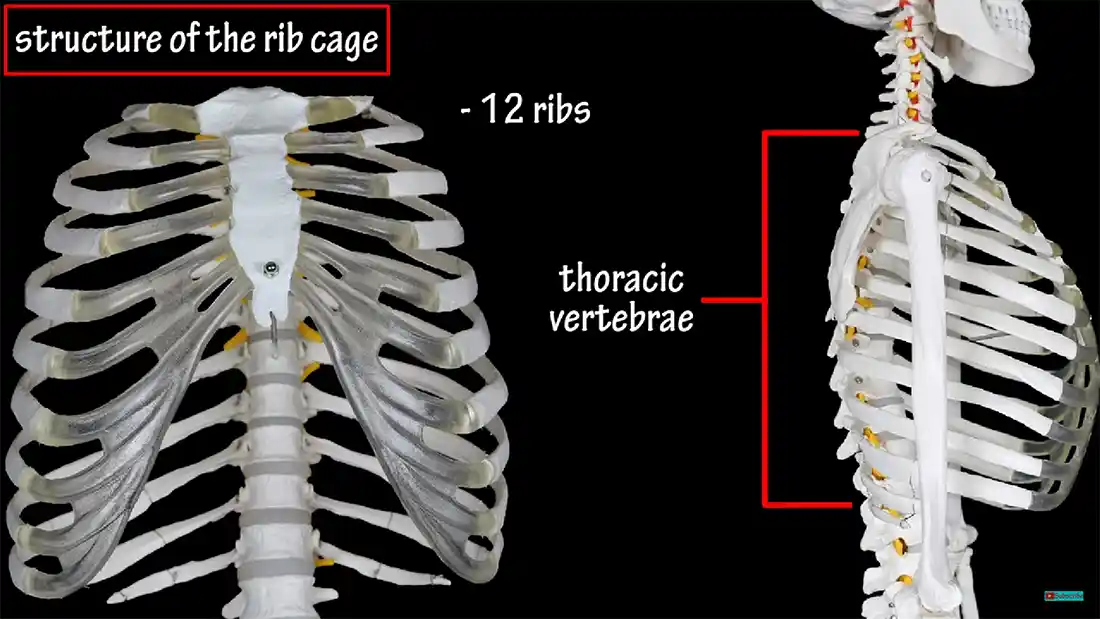

Ribcage, false ribs, breast bone, sternum, thoracic vertebrae, spine.
We have a set of bones that protects our internal organs from the outside world, due to their need of being important parts of our body. The ribcage does this brilliantly.
Ideally, the ribcage is a basketlike shape that wraps around the top half of the body. It forms part of what we call the chest. There are 24 ribs in total that [some] connect to the sternumOtherwise called the breast bone, or plate. and the spine. There are a few ribs that don't connect to the sternum, and they are commonly known as false ribs.
From the very top of the ribcage, as you proceed toward the lower ribs, the curvature of the bones decreases, and the cage becomes more open. It is semirigid, and allows for expansion, which is just as well when you need to breathe in and out with your lungs.
It protects the soft tissue organs, such as the lungs, liver and heart from being crushed from external sources (such as heavy objects, gravity, someone laying on top of you, and so on). It also provides the function of muscle attachment to bones in the area.

Some ribs in our rib cage are called false ribs. This is simply because they do not attach to the breast plate (sternum).
The following still is from a video on the ribcage, with the following details:
Please click on the image to view the video.

So, watching the video above will have shown you that the ribcage has 12 ribs down each side, each either connected to the sternum (breast bone), or to the thoracic vertebrae (spine).
 Healthline - 3D Skeleton Diagram
Healthline - 3D Skeleton Diagram
Here are a selection of links to items you could buy that would help teach some of the subject materials.
Disclaimer | About Me | Sitemap
Website design by SyntaxHTML.



Blue icons adapted from icons courtesy of Smashicons.com